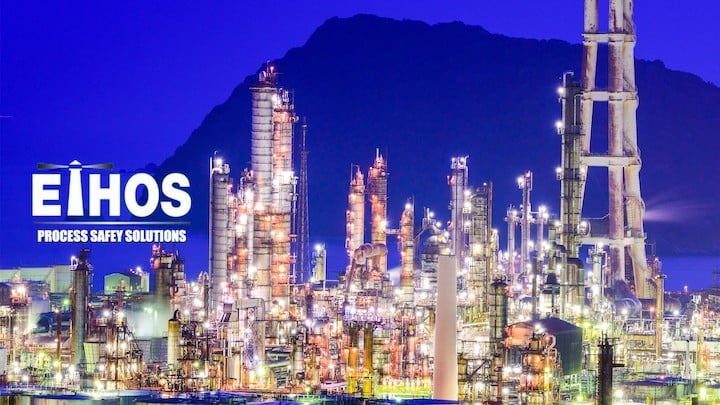Spheroidization describes a specific change that can occur in the microstructure of carbon and low alloy steels exposed to temperatures from 850°F – 1400°F (440°C – 760°C). This change may result in a loss of mechanical strength and/or resistance to creep.
When exposed to the susceptible temperature range, the elements that strengthen steels (carbide phases) can become unstable and begin to group together, which reduces the strength of the material. At higher temperatures, spheroidization can begin to affect the steel within a matter of hours. At lower temperatures though, spheroidization can take years to have a noticeable effect on the material.
Fortunately, spheroidization isn’t too serious of an issue in most circumstances. The loss of strength is usually minor and doesn’t create any safety issues that might compromise operation of equipment.
In certain rare high temperature situations, the loss of strength can be significant enough (~30%) to result in a reduction in design margin of the equipment. In these cases, fitness for service assessment should be performed to determine the proper course of action.
Expert Insight
The following is from 99 Diseases of Pressure Equipment by John Reynolds. Read the full article here.
Spheroidization is a rather technical term that describes a metallurgical aging phenomena that results in loss of mechanical and creep strength. It occurs when carbon and low alloy steels are exposed to temperatures in the range of 850°F - 1400°F (440°C - 760°C) where carbide phases (the strengthening element of steels) become unstable and begin to agglomerate, which then results in the loss of strength. At the upper end of that temperature range, spheroidization can occur within hours, while at the lower end, it may take years; so it is clearly another of our time- temperature degradation phenomena.
Spheroidization is not much of threat to our pressure equipment, except in some unusual circumstances. Usually the loss of strength is relatively minor, but under some high temperature conditions can cause a 30% reduction in strength. However, that loss of strength usually results in some reduction in design margin, which can sometimes be acceptable for continued safe operation with appropriate fitness-for-service analysis. If it’s not acceptable, then derating is usually the result. The unusual conditions where spheroidization could be a threat involve high stress intensification factors, high applied stresses, or in combination with other degradation or flaws...
Related Topics
- Brittle Fracture
- Carburization
- Cavitation
- CO2 Corrosion
- Cooling Water Corrosion
- Corrosion Fatigue
- Corrosion Under Insulation (CUI)
- Cracking
- Decarburization
- Embrittlement
- Erosion Corrosion
- Fatigue (Material)
- Flue Gas Dew Point Corrosion
- Graphitization
- Green Rot
- High Temperature Hydrogen Attack (HTHA)
- High-Temperature Creep
- Hydrochloric (HCl) Acid Corrosion
- Hydrofluoric (HF) Acid Corrosion
- Hydrogen Embrittlement
- Hydrogen Stress Cracking
- Liquid Metal Embrittlement (LME)
- Metal Dusting
- Microbiologically Influenced Corrosion (MIC)
- Naphthenic Acid Corrosion (NAC)
- Phosphoric Acid Corrosion
- Pitting Corrosion
- Stress Assisted Corrosion
- Sulfidation Corrosion
- Sulfuric Acid Corrosion
- Thermal Fatigue
- Vibration-Induced Fatigue
- Wet H2S Damage
Relevant Links
Topic Tools
Share this Topic
Contribute to Definition
We welcome updates to this Integripedia definition from the Inspectioneering community. Click the link below to submit any recommended changes for Inspectioneering's team of editors to review.
Contribute to Definition


















